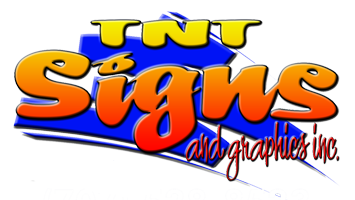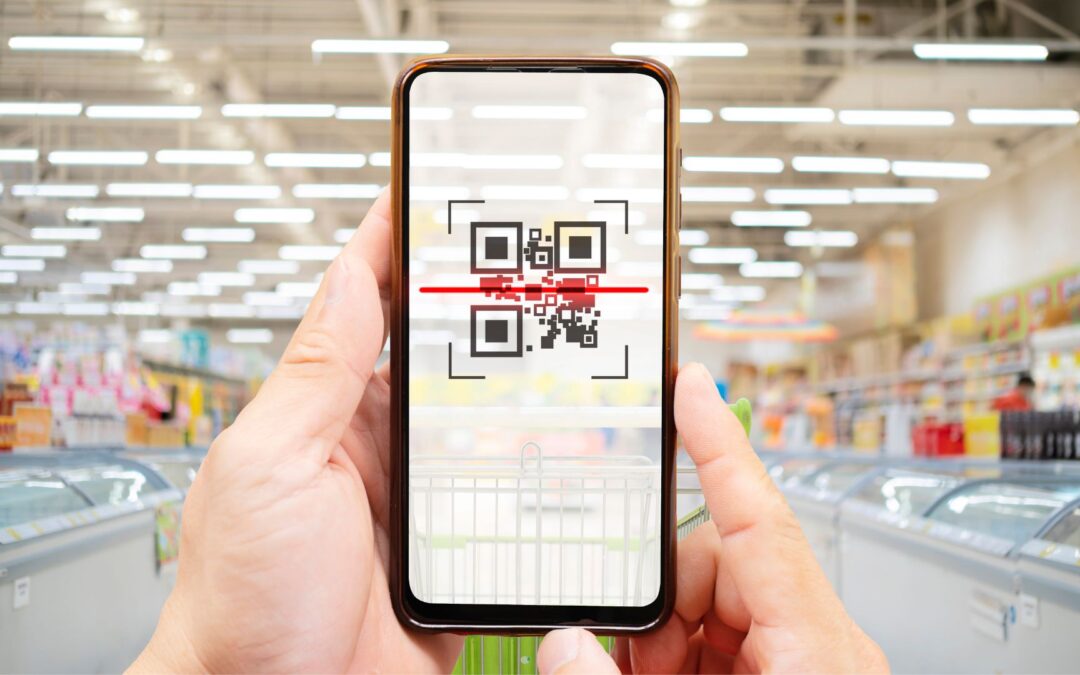Welcome to TNT Signs! In today’s digital age, businesses are constantly seeking new ways to enhance customer engagement and streamline services. One such innovative tool is the Quick Response (QR) code. Integrating QR codes into signage offers a seamless bridge between the physical and digital worlds, providing a wealth of information and interactive experiences at the scan of a smartphone. In this blog, we’ll explore the various ways QR codes can be used in signage to boost customer engagement, provide additional information, and streamline services.
The Basics of QR Codes
Before diving into the innovative uses, let’s briefly understand what QR codes are and how they work. A QR code is a two-dimensional barcode that can be scanned using a smartphone or QR code reader. These codes can store a variety of information, such as URLs, contact details, text, and more. When a user scans the code, they are directed to the embedded information, which can be a website, a digital brochure, a video, or any other digital content.
Enhancing Customer Engagement with QR Codes
1. Interactive Advertising:
- Dynamic Content: QR codes on billboards, posters, and flyers can direct users to dynamic content like videos, augmented reality experiences, or interactive web pages.
- Example: A fashion brand places QR codes on its store posters. When scanned, customers are taken to a video showcasing the latest collection and behind-the-scenes footage from the runway show.
2. In-Store Experiences:
- Product Information: QR codes on product tags or shelves can provide detailed information, such as specifications, reviews, and usage tips.
- Example: An electronics store uses QR codes on product displays. Shoppers scan the codes to access detailed product reviews, comparison charts, and video tutorials on how to use the products.
3. Loyalty Programs:
- Easy Enrollment: QR codes can simplify the process of enrolling in loyalty programs. Customers can scan a code to sign up instantly.
- Example: A coffee shop offers a QR code on their menu boards. Customers who scan the code can quickly join the shop’s loyalty program and start earning rewards with their purchases.
4. Event Promotion:
- Engaging Invitations: QR codes on event posters and flyers can link to event registration pages, promotional videos, or interactive maps.
- Example: A music festival uses QR codes on its promotional posters around the city. Scanning the code takes users to the festival’s website, where they can see the lineup, buy tickets, and find information on the venue layout.
Providing Additional Information
1. Educational Content:
- Informative Signage: Museums, zoos, and historical sites can use QR codes to provide visitors with additional educational content.
- Example: A zoo places QR codes on animal exhibit signs. When scanned, visitors can watch videos about the animals’ natural habitats, conservation efforts, and fun facts.
2. Real Estate Listings:
- Detailed Listings: QR codes on “For Sale” signs can direct potential buyers to online property listings with photos, virtual tours, and agent contact information.
- Example: A real estate agent places QR codes on property signs. Interested buyers scan the code to access a virtual tour of the property, detailed descriptions, and the agent’s contact information.
3. Restaurant Menus:
- Digital Menus: Restaurants can use QR codes to offer digital menus, reducing the need for physical menus and allowing for easy updates.
- Example: A restaurant includes a QR code on each table. Diners scan the code to view the digital menu, see daily specials, and place their orders directly from their smartphones.
4. Product Authentication:
- Authenticity Verification: Luxury brands can use QR codes to help customers verify the authenticity of their products.
- Example: A luxury watch brand includes QR codes on their product certificates. Customers scan the code to verify the watch’s authenticity and receive warranty information.
Streamlining Services with QR Codes
1. Contactless Payments:
- Seamless Transactions: QR codes can facilitate contactless payments, enhancing convenience and security for customers.
- Example: A retail store uses QR codes at checkout counters. Customers scan the code to pay for their purchases using mobile payment apps, reducing wait times and enhancing the shopping experience.
2. Customer Feedback:
- Easy Feedback Collection: Businesses can use QR codes to collect customer feedback quickly and easily.
- Example: A hotel places QR codes in guest rooms and public areas. Guests scan the code to complete a short survey about their stay, helping the hotel gather valuable feedback.
3. Appointment Scheduling:
- Convenient Booking: Service providers can use QR codes to streamline appointment scheduling.
- Example: A dental clinic includes QR codes on their business cards and promotional materials. Patients scan the code to book appointments online, view available slots, and receive reminders.
4. Access to Digital Resources:
- Resource Library: Educational institutions and businesses can use QR codes to provide access to digital resources, such as eBooks, manuals, and training videos.
- Example: A university places QR codes in libraries and study areas. Students scan the codes to access online research databases, digital textbooks, and video lectures.
Best Practices for Using QR Codes in Signage
To maximize the effectiveness of QR codes in signage, consider the following best practices:
1. Clear Call to Action:
- Guidance: Provide clear instructions on what users will receive by scanning the QR code.
- Example: “Scan this code to view our digital menu” or “Scan to join our loyalty program.”
2. Mobile Optimization:
- User Experience: Ensure that the content linked to the QR code is mobile-friendly for a seamless user experience.
- Example: A mobile-optimized webpage with easy navigation and quick load times.
3. Strategic Placement:
- Visibility: Place QR codes in locations where they are easily accessible and visible to users.
- Example: At eye level on posters or near the product on shelves.
4. Testing and Monitoring:
- Functionality: Regularly test QR codes to ensure they work correctly and track their usage to measure effectiveness.
- Example: Use analytics tools to monitor scan rates and user engagement.
5. Security Considerations:
- Trust: Ensure that QR codes lead to secure and trusted websites to protect users from malicious links.
- Example: Using HTTPS URLs and verifying the security of the linked content.
Conclusion
Integrating QR codes into signage offers a multitude of benefits for businesses looking to enhance customer engagement, provide additional information, and streamline services. From interactive advertising and in-store experiences to educational content and contactless payments, QR codes bridge the gap between the physical and digital worlds, offering convenience and interactivity at the scan of a smartphone.
At TNT Signs, we specialize in creating innovative signage solutions that incorporate the latest technologies, including QR codes. Our team is dedicated to helping businesses leverage these tools to improve customer experience and achieve their marketing goals. Contact us today to learn more about how we can help you integrate QR codes into your signage strategy and stay ahead of the curve in this digital age. Let’s create something extraordinary together!

